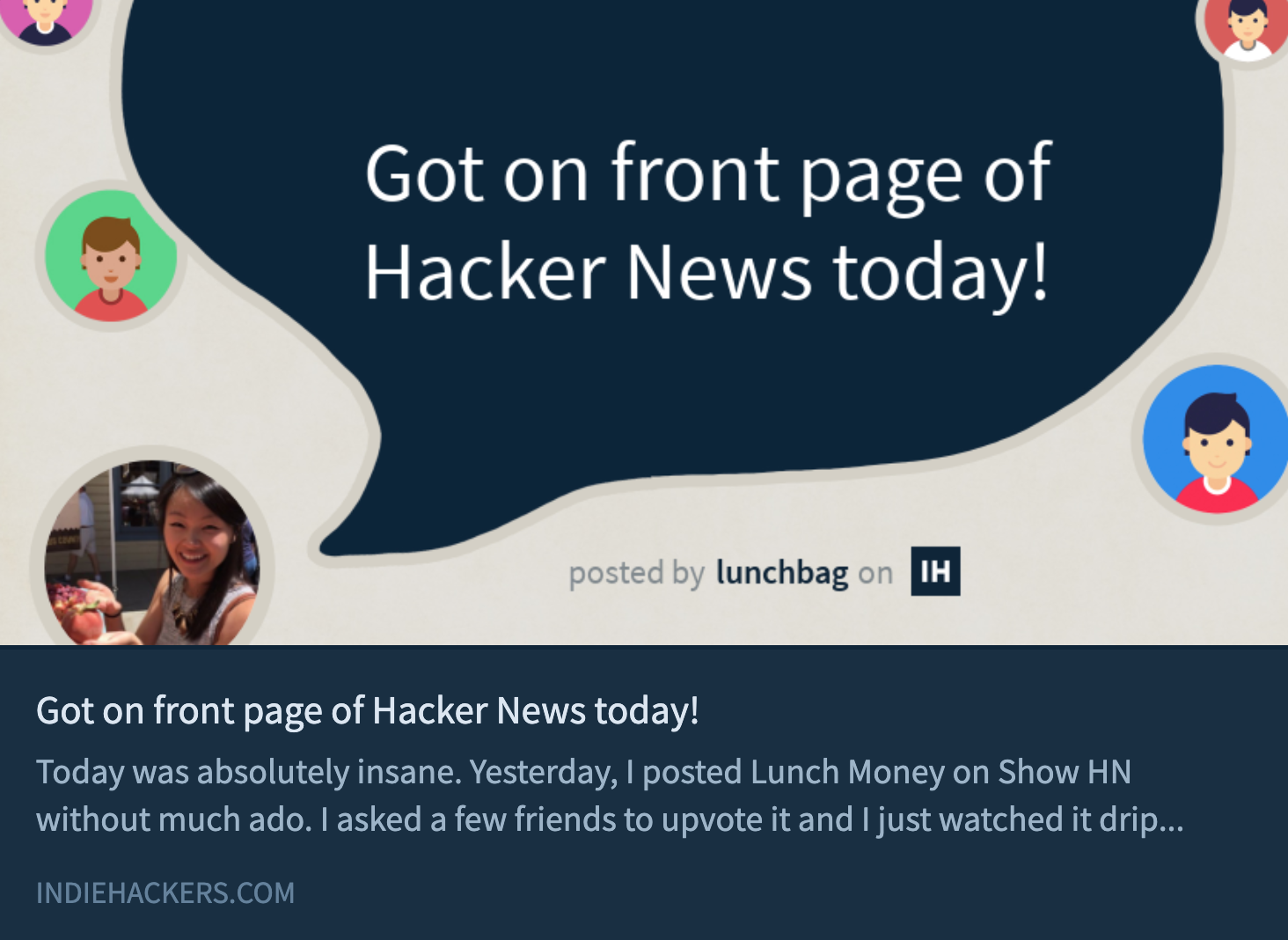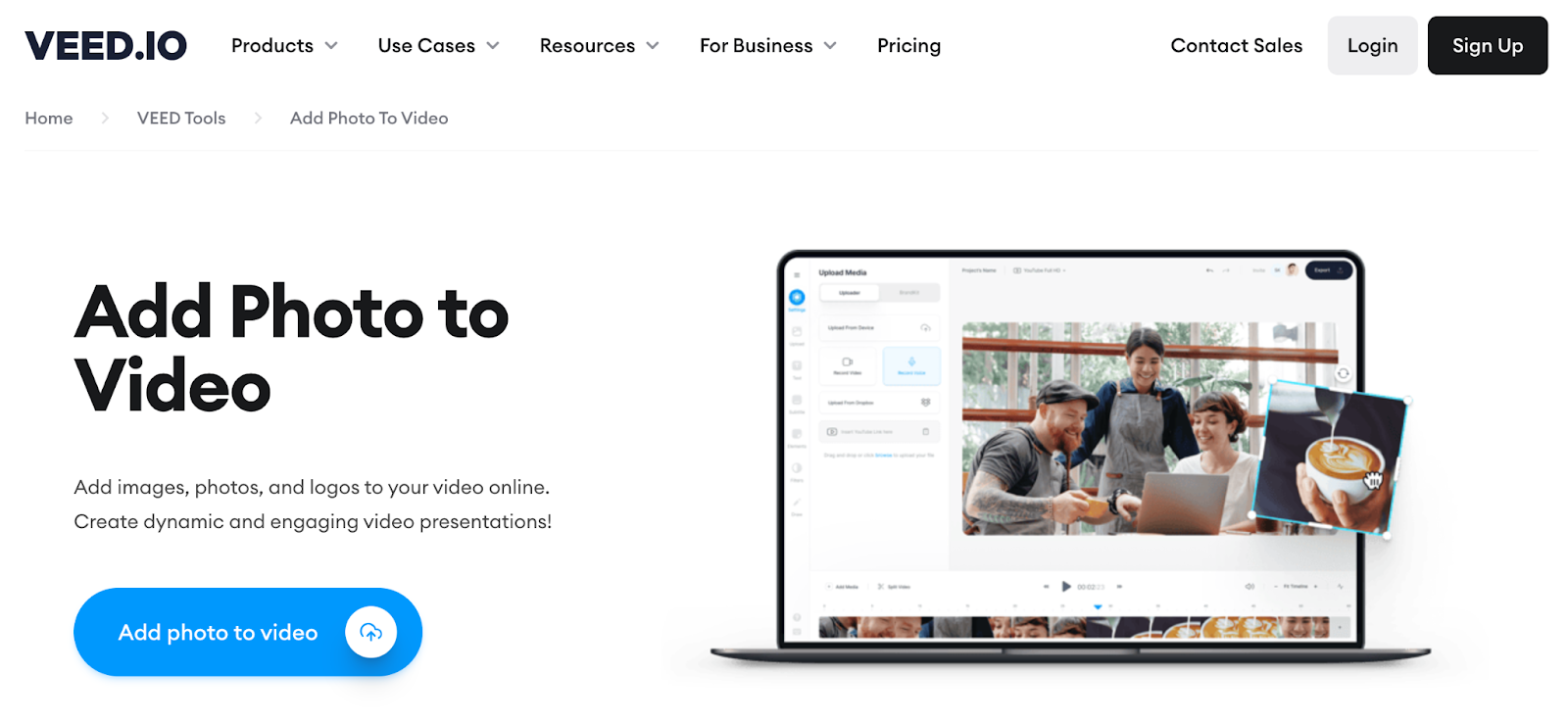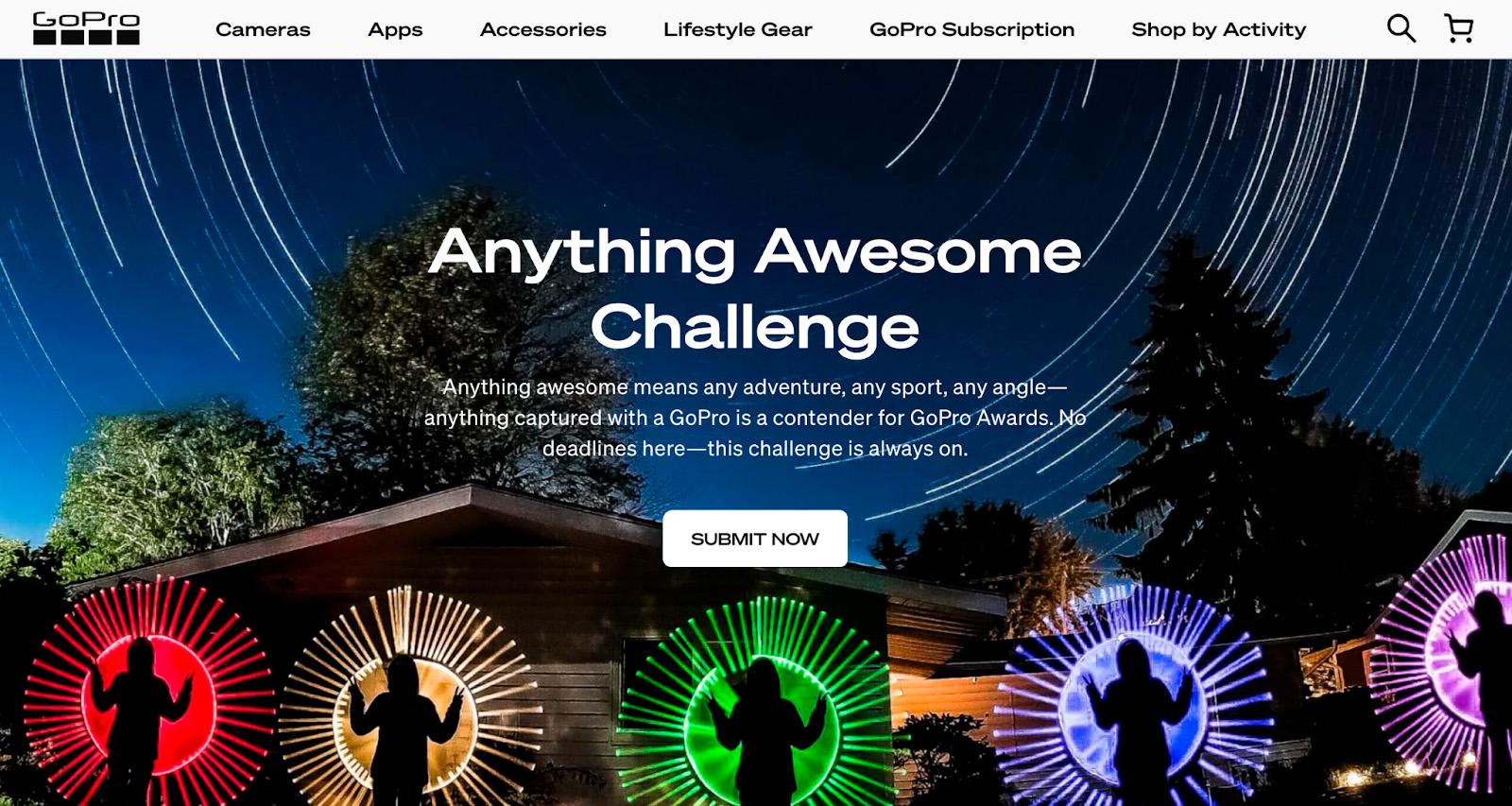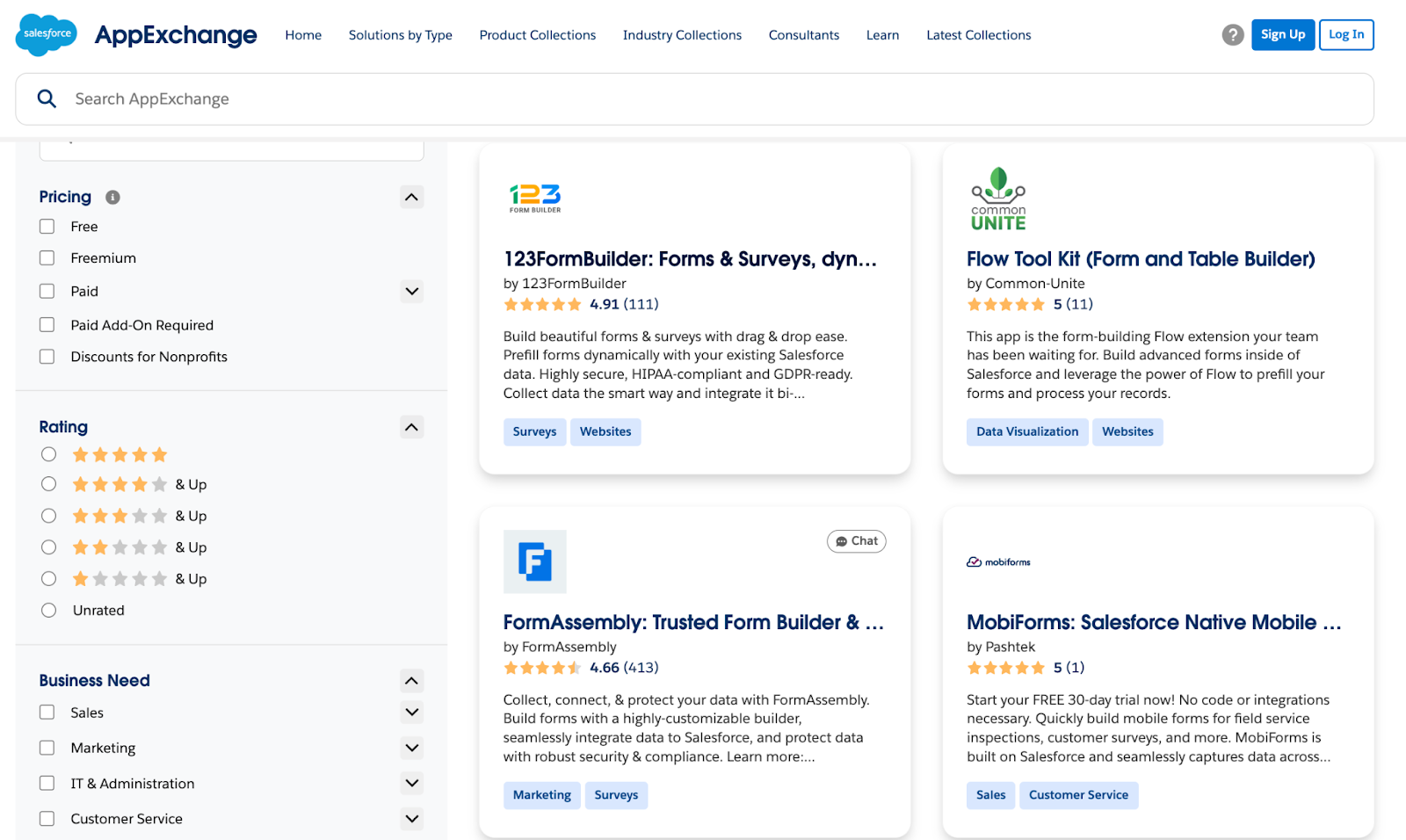Startup Founders & CEOs Share Their Most and Least Effective Marketing Tactics

Let’s start with the bitter truth – 90% of startups fail. While it sounds outrageous, it isn’t news for anyone. That’s why every startup founder (at least 50 million of them yearly) knows they have a quite bumpy road ahead of them.
Whether we are talking product- or service-based business, no matter how good the actual offering is, everyone needs marketing. And it’s better to be a good one.
Okay, but what is a good startup marketing? Hopefully, you don’t expect a simple answer because there is none (it’s a pain, we know). Of course, nothing can beat the trial-and-error approach. Still, one of the best ways to start is by learning what does and doesn’t work for others.
So, we did this research for you and asked dozens of startup founders, CEOs, and marketers about their most and least successful marketing tactics.
We hope our findings will save you time and money, and you will be the lucky one to make it to that 10% of successful startups (fingers crossed). Ready? Let’s get into it.
Your road to success and glory (aka effective startup marketing tactics)
First things first, what tactics proved to be effective for many startups?
All-round champion – content marketing
Surprise-surprise (not really). We will be honest, that’s exactly what we expected. Everyone talks about content marketing for startups, and it really works. It might not be a genius technique. Yet, ingeniously performed content marketing brings good results, and it is a fact.
Even though we anticipate seeing this technique among the effective marketing strategies, we found some pretty unexpected insights:
Content marketing & MRR correlation
According to the data The Bootstrapped Way shared with us, content marketing is the first growth method for startups with an MRR below $10,000, but it seems to fall behind when the companies grow in revenue.
Those with MRR between $10,000 and $100,000 tend to choose PR as their #1 marketing tactic, while startups with MRR of $100,000+ go for partnerships over content marketing. So, if you’re growing, maybe it’s time for you to reconsider as well.

Source: The Bootstrapped Way
Sometimes, you need to shift your objective
Start by asking yourself – why are you doing content marketing in the first place? Of course, the business is all about revenue, but this goal might not be enough.
Alan Thomas (CEO of Simply Business) believes they got their best results because of focusing on thought leadership articles, while traffic, leads, and all the other perks were more of a result rather than an initial incentive. Besides, this approach can also help you with your PR initiatives simply because people are more likely to talk about content that screams authority and knowledge.
Share your own experience
If you want to feel the benefits of word-of-mouth marketing, you have to be the information source that publishes engaging content. Honesty is what people value.
A great example of this is the case of Lunch Money. From the very start, its founder, Jennifer Yip, wasn’t afraid to share their struggles, challenges, and failures. And this openness paid off. One article alone, where she talked about the mistakes made when doing business, got it to the front page of Hacker News and drove over 500 signups. Even though this tip seems logical, not all the companies that use content marketing apply it, so this approach can become your added value.

Source: Indie Hackers
Spread the net
Content marketing for startups isn’t just your blog and social media. In fact, this is only a small part of it. What else can you do?
Go out there and declare about yourself in other niche-relevant resources. You could write a monthly (weekly) editorial or become a trusted contributor on any industry-renowned website. If you want to go further, turn to guest posting and share your knowledge on a variety of pages to both get backlinks and increase your brand visibility. The opportunities are endless, really.
Content marketing is a slow burner
This is what every single startup we asked agreed on. You might see some results right away, but the biggest power of startup content marketing comes with time after accumulating every single effort.
Go hard(er) on landings
Digital marketing is broad (really broad). And what often happens is that while we try to chase new trendy tactics, we forget about the old good classics. So, let’s go back to the basics and talk about multiple SEO landing pages.
One in three startups told us that it was a game changer for them. And data supports this idea. In fact, business websites with 10-15 landing pages get 55% higher conversions.
Pro tip: You can make it cost-efficient by creating a standard template and saving on design and development, but work on optimizing your copy as much as you can. Sabba Keynejad (CEO & co-founder at VEED.IO) also says that using keyword-based CTAs (e.g., "add a photo to video") worked well for them.

Source: VEED.IO
Know who you’re targeting with clear segmentation
Okay, that sounds like an obvious one, but let’s not jump to conclusions yet. Imagine – you know that content marketing works, so you start crafting content. You optimize it for search engines, add CTAs, and create multiple landing pages, but your conversions just keep being weak.
We guess we’ve all been there. Is there any straightforward solution?
Let us tell you a story of how Aloha Digital managed to get a 9x increase in conversion rates by fixing one single article. Sounds unbelievable, especially when talking about the marketing strategies for startups (not some industry giants), right? But it gets clear when you understand what’s behind the scenes.
So, they had this SEO article on how to stop snoring that already brought around 10,000 unique visits per month. Yet, its conversion rate was a mere 1%, resulting in only about 100 actionable leads. What did they do from there?
That’s where segmentation comes into play. Itay Malinski (CEO & founder at Aloha Digital) told us they approached this issue from two different perspectives:
- Tone alteration. First, the team introduced a style change. Instead of their initial solution-focused approach, they pivoted to a more empathetic and supportive tone, acknowledging the struggles of sleep deprivation caused by a partner's snoring. That’s how they managed to achieve a deeper connection with the readers.
- Focus shift. And more importantly, Aloha Digital’s team decided to target the partners of snorers rather than the snorers themselves. One would say – and what’s in that for them? Even though it seems like a minor shift, redirecting their message to a different audience segment skyrocketed their conversions to 900 a month. Quite a leap, isn’t it?
We loved this example because it describes a pretty common situation in startup marketing – sometimes, you don’t need drastic changes or rebranding. Often, less is more. And even minor fixes can lead to the wow results.
Let them do it – user-generated content (UGC)
Aren’t we living in miraculous times when your clients can create content for you and your audience praises it even more than what you craft by yourself?
Well, of course, this is (slightly) exaggerated, but user-generated content is a great tactic if you know how to use it. Like it or not, most people (79%) say UGC impacts their purchasing decisions. And if we want to utilize this to our advantage, we have to learn from the best.
Of course, we all know about successful GoPro or Apple’s #shotoniphone cases. But can you really use the USG tactic if you are smaller, much smaller? James Smith (founder of Travel Lingua) says that it certainly works for them. Even though their online community isn’t huge, they’ve cultivated loyalty and engagement thanks to the user-generated content.

Source: GoPro
Partnerships are a thing – just try it
This might be a less obvious tactic, but it is no less efficient. Cooperating with other businesses (no matter how big or small they are) is a sure way of introducing your product to broader audiences.
Let’s take 123FormBuilder, for example. Yes, they are a pretty big player with over 2 million users and over 15 years in the market.
Still, even though the niche of form builders is crazily competitive, they’ve managed to use partnerships and new integrations as one of their best tactics to drive paid users. According to them, it’s their second acquisition channel after the organic one (i.e., Google and social media). If that somehow makes sense for your business, don’t shy away.

Source: Salesforce AppExhcange
A road to nowhere (aka ineffective marketing tactics)
Not every company wants to share its failures, but when they do, it means they’ve analyzed those ineffective advertising tactics and learned their lessons. Now, it’s time for us to check the marketing strategies to avoid so that we don’t repeat the same mistakes. Well, easier said than done.
Social media ads reliance
We suspect this will generate quite a discussion. But let’s postpone throwing stones at each other and understand why it works so differently for everyone. Here is a story James Wilkinson (CEO & co-founder at Balance One Supplements) shared with us.
They realized that using generic social media ads was their least successful technique. As they’re selling premium dietary supplements, most people who saw their product for the first time through SM ads found it pointless to spend an extra on a ‘random’ supplement.
Of course, if they had a little more context, their response could be different. But they didn’t know the details because one social media ad simply can’t give them to you.
We have to admit that it works differently for big names who have already passed the stage of creating awareness. People already know about them. And what they often need is just to remind them about themselves. This is where social media advertising can do wonders.
Yet, if you have a niche product with little to no brand awareness, it can barely be your #1 startup marketing tactic, especially considering social media ads' average click-through rate (CTR) – 1.21% in 2022. Not that mind-blowing, right?
Trendy hashtag obsession
Challenges, masks, and hashtags – isn’t that what everyone is supposed to do on socials? Well, you can if you know who you target. The main issue with mainstream trends is that you find all types of people there.
Do you really need that audience? Are those your clients?
Drawing attention is great, but if it's not reaching your TA, it may not translate into meaningful results or impact their goals significantly.
Still, on average, hashtags can give your content a 21% boost, so don’t give up on them completely. The best solution here is to be picky. As they say, don't try to fit a square peg into a round hole. Think of your audience and their expectations before trend hopping.

Cold calling is just that – cold
If you’re wondering – yes, cold calling is still a thing, and 17% of B2B marketers use this tactic as their main channel for acquiring new customers. So, almost one-fifth of marketing specialists find it effective. According to Crunchbase, companies that don’t use cold calling tend to have 42% less growth than those who use this technique.
What’s the matter, then?
Many startups told us that the intrusive nature of cold calling didn’t only yield results for them but was seemingly spoiling the brand’s reputation. While the reputational losses are hard to measure, the main issue with contacting unprepared prospects is a sky-high chance of rejection.
But as Ryan Reisert says, “A rejection isn’t really rejection. Rejection is actually just information.” So, if you integrate cold calling into your strategy, adding a bit of a philosophical approach won’t hurt.
It’s complicated – influencer marketing
Marketing is all about being controversial. There is no single best universal tactic, and it will never be one. But while doing our research and talking to all the startups, nothing generated such polarized opinions as influencer marketing.
Why so? Well, seems like marketers either love it or hate it.
We’ll be honest – in our interviews with startup teams, nearly 80% of them were against influencer marketing. Main reasons? Low ROI, low conversions, difficulties with brand value alignments, and all the other classics. Yet, there is also a flip side.
Most businesses that praised influencer marketing mostly talked about micro-bloggers, as they’ve added a pinch of authenticity to their marketing campaigns. Still, the only way to be genuine is to find a proper person. This is both the major secret and challenge.
Like James Wilkinson said, “If you work with influencers who truly believe in the efficacy of your products, you’re golden.”
Conclusion
If there is one lesson we can take from this blog, it is that no size fits all.
Yet, there are some experiences we can’t ignore. Instead, we can learn from them and (hopefully) make a bit fewer mistakes. Starting out isn’t easy, but it is so worth it. We hope you can take this experience from your peers and use it to your advantage.
Marketing is the big game where only those who aren’t afraid of mistakes win. Again, getting philosophical…







